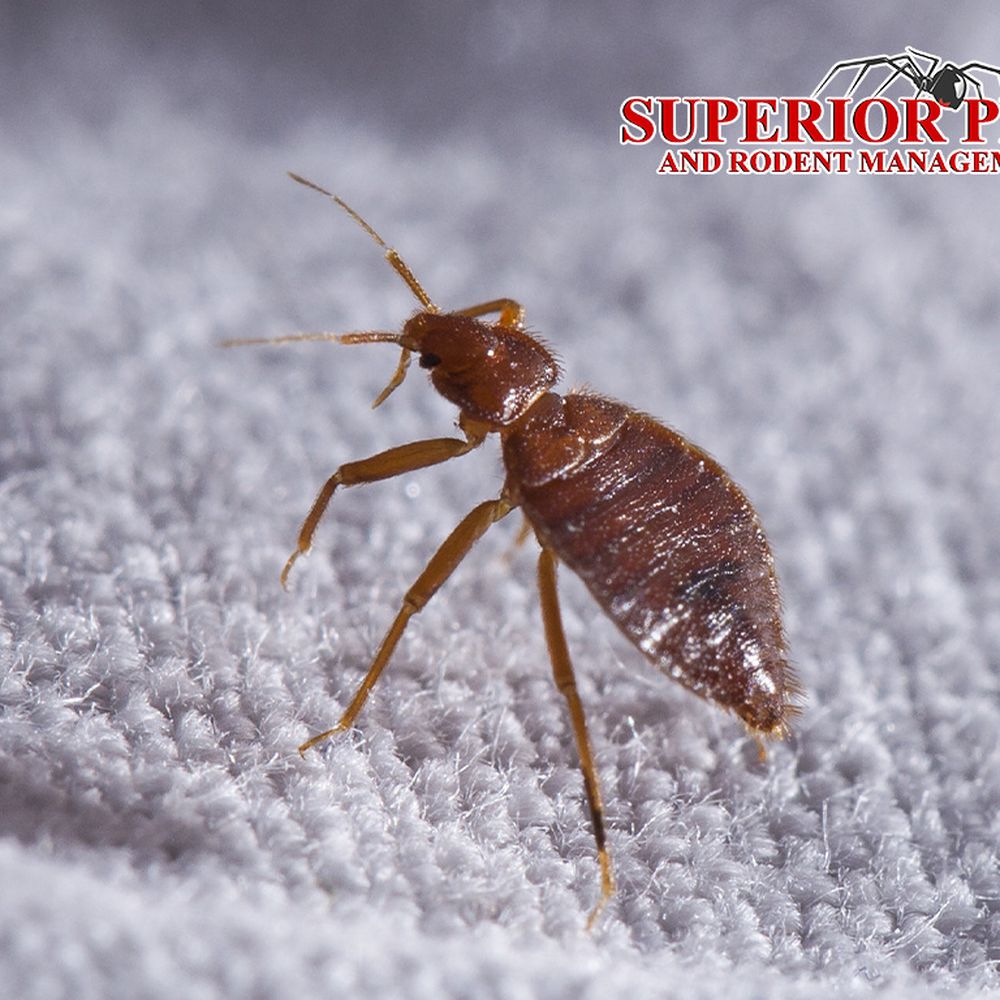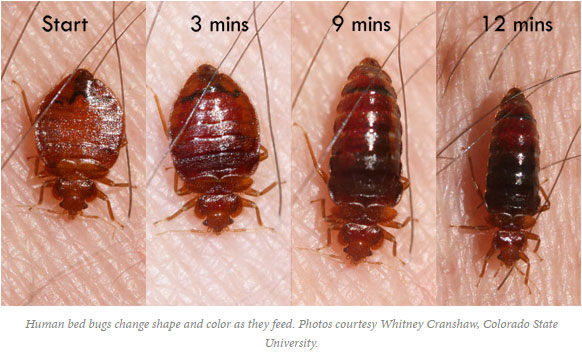Top Quality EZ Exterminator Las Vegas Nevada Providers
Top Quality EZ Exterminator Las Vegas Nevada Providers
Blog Article
Efficient Bug Control Strategies to Battle Bed Insect Invasions
As the frequency of bed insect infestations continues to increase, the need for reliable bug control techniques has come to be a lot more important. By employing a combination of aggressive actions and targeted therapies, it is feasible to take on bed bug problems effectively.
Understanding Bed Insect Actions
Bed bug habits is an essential element to understand when establishing effective parasite control methods. Recognizing exactly how bed pests behave is fundamental in getting rid of invasions efficiently. Bed insects are nocturnal bugs that prey on the blood of humans and animals. They are skilled at concealing in splits and gaps near their hosts, making discovery and elimination difficult. These pests are attracted to heat and co2, which is why they typically stay in bedding, furnishings, and wall surfaces near where people sleep or remainder.
Bed pests reproduce quickly, with ladies laying thousands of eggs in their lifetime. Their ability to make it through for months without feeding makes them resistant insects that require detailed therapy methods for elimination. In addition, bed pests display a habits called "stressful insemination," where men pierce the females' abdomen to inseminate, resulting in prospective infections and physical damage.
Assessment and Discovery Methods
Recognizing bed pest habits lays the groundwork for implementing reliable evaluation and detection strategies in combating infestations. When conducting examinations for bed insects, it is essential to be thorough and organized. Bed pests are adept at concealing in cracks and holes, so using a flashlight and a magnifying glass can aid in finding their visibility.
In cases where visual assessments might not be conclusive, employing discovery dogs educated to sniff out bed bugs can be very effective. In general, a combination of aesthetic examinations, monitoring devices, detection canines, and thermal cameras can improve the precision and performance of recognizing bed insect infestations.
Non-Chemical Therapy Choices
Applying non-chemical therapy alternatives is essential in managing bed insect infestations while prioritizing environmental safety and sustainability. Heat therapy is a commonly utilized non-chemical technique that includes increasing the temperature in ravaged locations to levels lethal to bed bugs. This strategy passes through deep right into furnishings, mattresses, and wall cavities, efficiently eliminating bed pests in all life phases. Another non-chemical method is vapor therapy, which includes using high-temperature vapor to eliminate bed insects on call. Vacuuming infested locations with a high-powered vacuum can also help in reducing bed bug populations by literally removing them from surfaces. In addition, enclosing mattresses and box springtimes with bed bug-proof covers can trap existing bed bugs inside and stop new problems. The usage of diatomaceous earth, an all-natural insecticide, can be reliable in killing bed pests by harming their external safety layer. By utilizing these non-chemical termiticide treatment therapy choices, people can deal with bed insect problems effectively while minimizing ecological effect.
Reliable Chemical Control Approaches

One of one of the most usual classes of pesticides used for bed bug control is pyrethroids. These chemicals function by interrupting the bed bugs' nerve system, inevitably causing paralysis and death. Over time, bed pests have developed resistance to pyrethroids, requiring the use of different chemicals such as neonicotinoids, desiccants, or insect development regulatory authorities.

Protecting Against Future Infestations
To reduce the risk of future bed bug infestations, aggressive preventative steps need to be applied. One critical action more is to on a regular basis check potential entry factors for bed insects, such as cracks in wall surfaces, furnishings seams, and electric outlets. Securing these entry points with caulk or other ideal products can assist prevent bed pests from getting accessibility to your space. Additionally, lowering clutter in your house can get rid of hiding spots for bed pests, making it much easier to spot and resolve any type of potential infestations early on.
Vacuuming carpets, rugs, and furniture can help eliminate any type of bed insects or eggs that might be existing. Being mindful when acquiring second-hand furniture or clothing can help avoid the introduction of bed insects right into your home.
Final Thought

Report this page